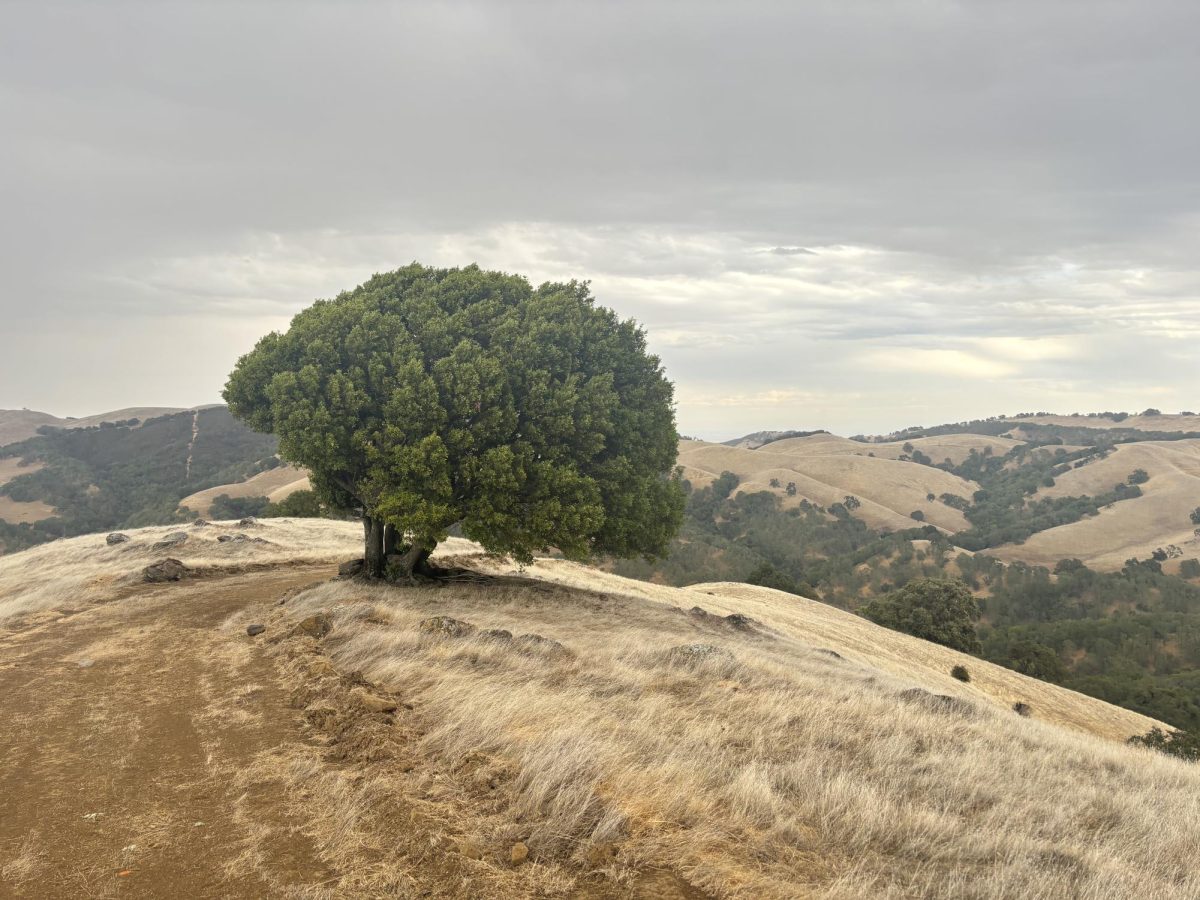As 2023 quickly comes to a close, many individuals in countries around the world will begin the all-day celebration of December 31st, welcoming 2024 in with fireworks and confetti. The ways to celebrate this event are endless. From visiting shrines, watching the ball drop in Times Square, and gathering on the beach for a night filled with fun, these are just a few ways to ring in 2024.
Generally, New Year’s Eve is a time to reflect on past mistakes, throw out the old, and become optimistic about the next and coming years. If you’re wondering when the first ever New Year’s celebration was held, it was with the Babylonians in Mesopotamia in 2000 B.C. They held this tradition during the new moon of the vernal equinox, not in December as we do today. They called this celebration “Akitu.” Today, many countries have unique cultures and ways of ringing in the New Year.
Italy: Italy’s New Year’s celebrations include many superstitions. At midnight, many cities in Italy throw away old items, usually crockery, to symbolize getting rid of the uselessness and evil that has been growing during the year. This is a tradition rooted in giving people fresh starts. Another way Italians welcome in the new year is by gathering around for a feast. Typically, the feast is started with risotto, especially in northern Italy. Another popular dish in Italy that they serve on NYE is cotechino con lenticchie or pork and lentils. Eating lots of lentils supposedly gives you good luck on this day.
As the clock strikes midnight, many Italians eat twelve grapes or raisins, one for each month of the year. This is also considered to harbor good luck for you in the coming year. And while doing all of this, Italians like to wear red undergarments on New Year’s Eve, which supposedly shields you from much negativity that will come at you in the coming year. The Italian New Year is filled with age-old traditions and an abundance of food.
United States: The most well-known tradition of the U.S. for NYE, the event gathering around a million people each year, is watching the ball drop in Times Square, New York. Even if individuals are unable to come, many Americans resort to watching it on their televisions. This tradition started in 1907, and before they started, each year in New York they would set off pyrotechnics, but this was a cause for concern as hot ash would rain down upon individuals. This is how the ball drop in Times Square came to be. There are many other, smaller, traditions that the U.S. holds, like singing “Auld Lang Syne,” a common song sung in many English-speaking countries. This directly translates to “old long since” in English, and roughly means “time goes by.” This song is typically sung at the stroke of midnight.
Food also comes into play in America, with eating cabbage or any leafy green vegetable symbolizing money and prosperity in the coming year. Eating black-eyed peas is a Southern tradition that can also symbolize prosperity as well as luck. This came from the Civil War, as many people would be lucky to eat black-eyed peas to help them through the wintertime. The United States looks on to the next year with singing, celebrating, and comfort.
Brazil: In Brazil, the tradition that they hold is to wear white on New Year’s Eve. White is a sign of prosperity and peace, while yellow means money, and red means love. This aspect of NYE came from the Afro-Brazilian religion Candomblé. Along with the wearing of white, Brazilians like to gather on the beach for a night of fun. The most popular beach to go to on NYE is Copacabana Beach in Rio. When the clock strikes midnight and the fireworks begin, many people go to the water to jump over seven waves. With each wave you jump over, you may make a wish. As well as jumping over waves, people throw flowers into the water, as an offering to the goddess that controls the seas, Yemanjá.
Many other people also send out small boats to the goddess that consist of fruits candles and flowers. These offerings originated from Candomblé, as well as Umbanda, another Afro-Brazilian religion. Seven is a magic number in Brazil, so it’s common to eat seven grapes after dinner and before midnight to signify having everything you want the next year. The beach becomes a joyous atmosphere in Brazil as the year comes to an end with a celebratory night.
Japan: The Japanese have a calmer take on the end-of-year celebration. One outing they perform is Hatsumode, which is visiting the first shrine or temple of the year. Hatsumode lasts usually from January 1st to January 3rd. When at the shrine, many pray and wish for a good new year. Typically, individuals also buy omamori and omikuji. Omamori are good luck charms and omikuji are predictions that will tell you how the next year will go for you. As the clock strikes midnight, the temple bells begin to ring, and people all gather around to listen to the new year roll around, much like what people do in Times Square to watch the ball drop.
NYE is also a time to spend with family of all generations in Japan. Many Japanese families like to stay home for a comfortable night with their loved ones. Another aspect of the Japanese New Year is buying fukubukuro, also known as good luck bags. These are bags of unwanted supplies from shops around Japan that people buy on NYE. There is a superstition in Japan that you should not end the year with useless and unwanted things lying around. In Japan, the new year is a time to spend time with loved ones, relax, and pray.
Student’s Traditions: There are also unique traditions within small groups of people with people close to them. One freshman at Granada said, “My, like, cousins and my whole mom’s side of the family, we all go to someone’s house for a couple of days, and we just eat dinner there.”
Another freshman stated, “I stay up really late and drink apple cider and explode confetti.” When asked if they had ever seen the ball drop in New York, they both said no, but one noted, “We always watch, like, the ball drop . . . and, like, all the weird T.V.”
New Year’s resolutions also seem to be a big element in today’s NYE celebrations. I asked whether or not they ever stuck to their resolutions, and a third freshman said, “I never do, like I always say I need to drink more water, I need to get things done on time, and then I just don’t.” A common theme during the start of the year always seems to be that one will make resolutions, but by the end of January, most people have completely forgotten them.
At the end of the day, there are many different ways of welcoming in 2024. You and your close ones may have an age-old family tradition that brings the year to a close. No matter how someone celebrates, it’s always a time to let go of the bad things you’ve been harboring all year, and welcome in new opportunities with open arms. Let’s all wish for a great year in 2024!





























